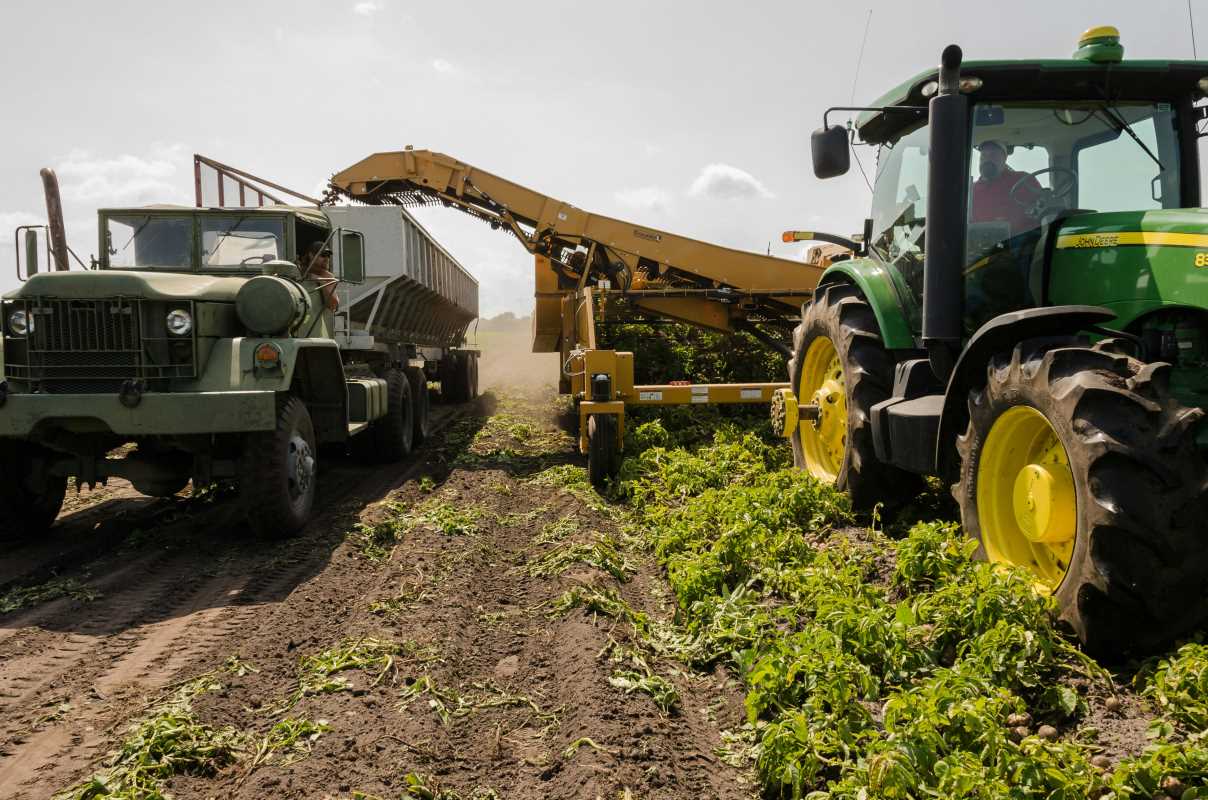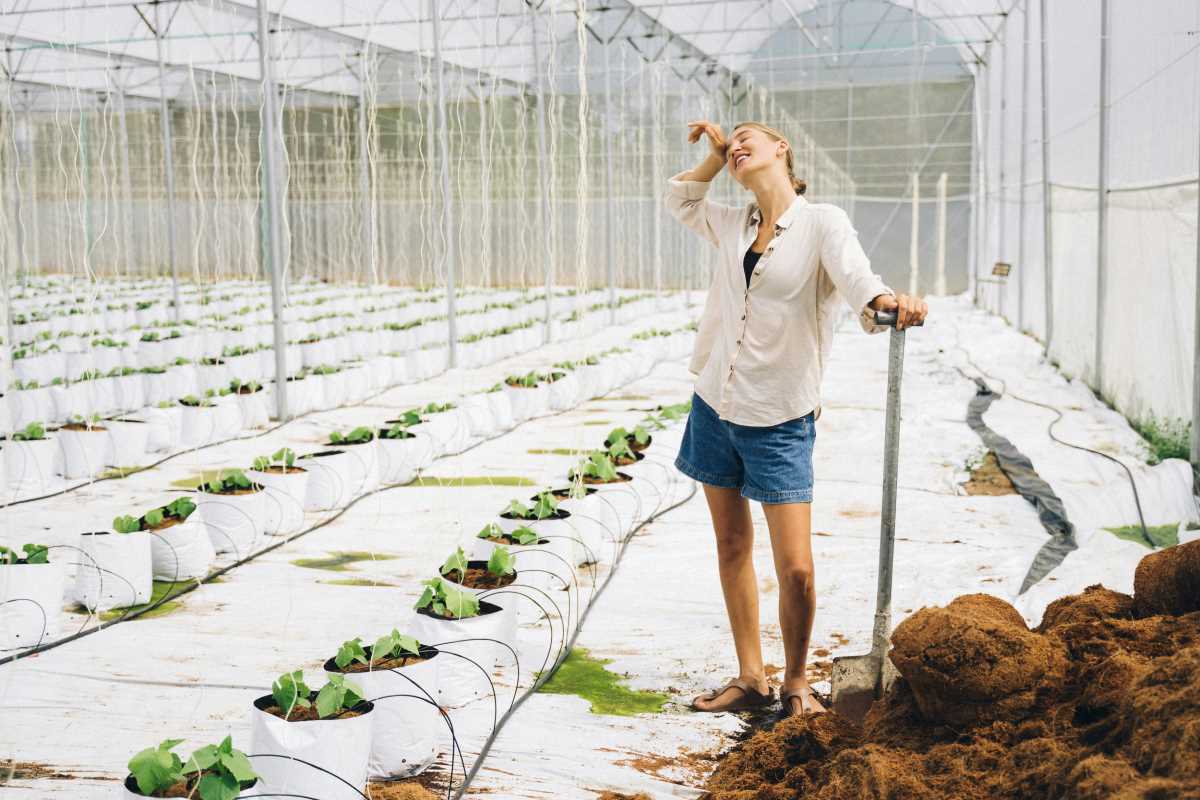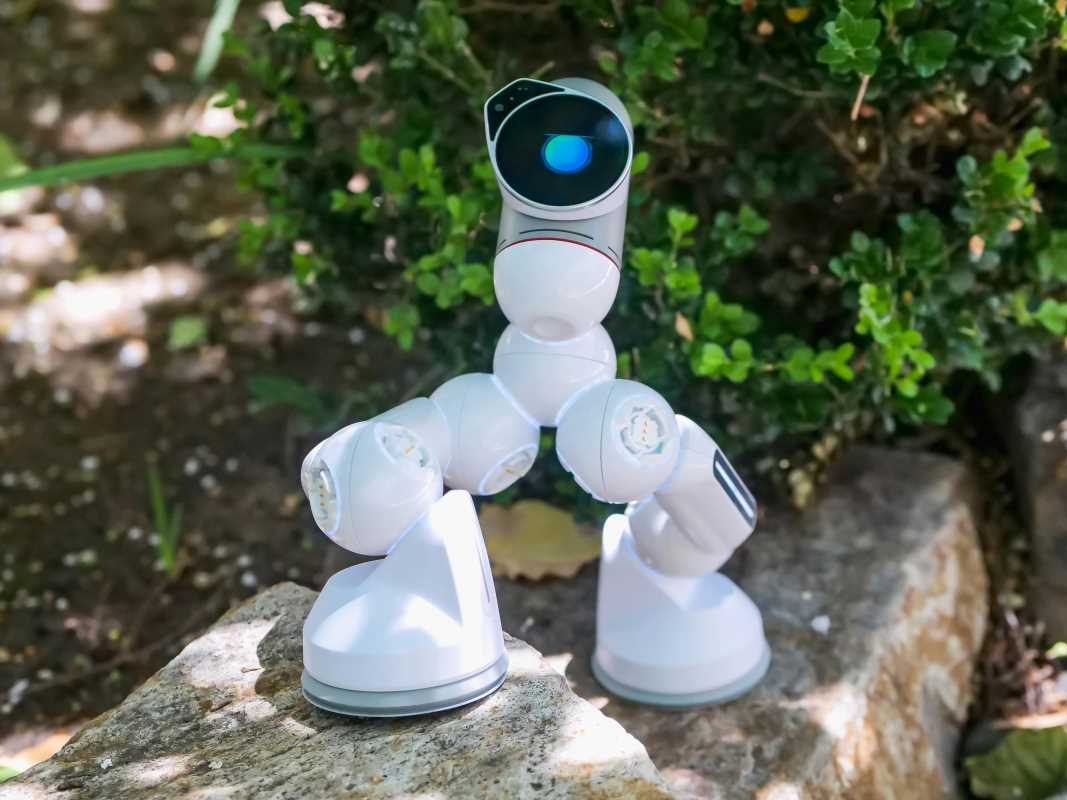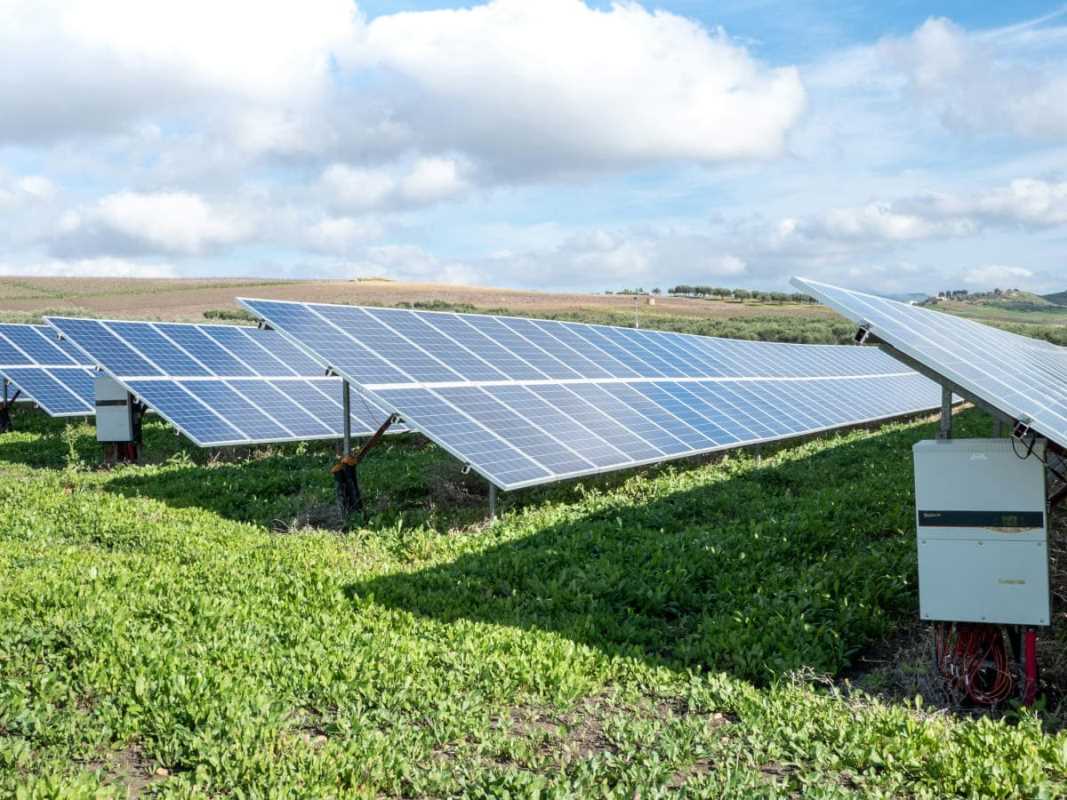Small wearable sensors now help protect animals by tracking their movements and daily health. Caretakers receive alerts when these devices notice unusual patterns, allowing them to respond quickly if an animal needs extra care. These sensors monitor everything from activity levels to signs of illness, giving a clearer picture of each animal’s well-being. With this technology, caretakers can manage even large or scattered groups of animals with greater confidence and efficiency. By watching over animals in real time, wearable sensors help ensure each one receives prompt attention, supporting safer and healthier lives for livestock or pets on any property.
Modern technology now offers simple, practical solutions that even those new to tech can adopt. With these sensors, animals actively participate in their own care. This not only eases the workload but also boosts confidence when handling potential health issues before they escalate.
Devices Worn by Livestock for Monitoring
Wearable sensors are small devices attached to an animal’s body that collect data on various aspects of its health and behavior. They monitor everything from body temperature to activity levels, giving caretakers vital insights into each animal’s condition. These devices help identify signs of stress or illness early on, allowing for timely intervention.
Using wearable sensors enables a new way to oversee animal well-being without constant, manual checks. Some key types include:
- Temperature sensors – track body heat to catch fever or infection early.
- Motion detectors – measure activity, grazing behavior, and movement patterns.
- GPS modules – map locations to ensure animals are where they should be.
- Heart rate monitors – keep tabs on the cardiovascular state of animals.
Main Advantages of Using Wearable Sensors
Adopting wearable sensors turns routine animal care into a proactive process. They simplify constant monitoring by providing data that helps spot unusual patterns. Early detection of changes in behavior or physical state allows quicker responses, which can prevent minor issues from turning serious.
These sensors also reduce pressure on busy caretakers. Instead of physically inspecting every animal, the devices perform much of the investigation automatically. With real-time insights at hand, responsible decisions flow more smoothly, ensuring that every animal receives the right care without delay.
Key Features to Consider in Wearable Sensors
When choosing health monitoring tools, specific features can make all the difference. The best options combine durability with smart technology that provides timely information. Keep the following features in mind as you select your next device:
- Battery Life: Long-lasting power ensures the sensor works continuously without frequent recharges or replacements.
- Durability: Built to withstand extreme weather and rough environments, these sensors are designed to last in the field.
- Real-Time Data Transmission: Quick updates allow you to track any sudden health changes, keeping you ahead of potential problems.
- Ease of Integration: Simple setup and compatibility with your current management systems make operations seamless.
- Water and Dust Resistance: In outdoor settings, protection from natural elements is essential to ensure reliable performance.
These features guarantee that the sensor not only collects accurate data but also remains practical for daily use. Picking devices with these capabilities results in fewer disruptions and a smoother monitoring experience overall.
The design and innovation behind these sensors mean that tracking animal well-being becomes straightforward. The smart features also lend themselves well to remote management, so you can stay in full control even when your land spreads over a large area.
Top Wearable Sensors for Livestock Health Monitoring
Consumers today find many options for attaching technology to their animals. Among these, a few standout devices have proven reliable for everyday use. One set of *wearable sensors* has caught the attention of caretakers seeking a no-fuss yet effective solution. These devices keep consistent tabs on activity levels and physiological changes, so you can react as soon as a problem arises.
The sensors continuously gather data and send updates directly to your phone or computer for quick review. In doing so, they help track livestock health trends, allowing you to notice when something might be off. Detailed reports and alerts mean you never miss an important change, regardless of how large your property is. With this technology onboard, every animal's health remains just a tap away, simplifying daily management dramatically.
Tips for Setting Up and Using Sensors on Larger Properties
Planning becomes essential when setting up sensors across a broad area. Start by mapping out sections where animals gather and travel most often. A clear layout helps you determine the best placement for devices, ensuring each sensor operates without interference from the environment.
Follow these practical tips to maximize your wearable sensor system:
- Perform an initial survey of your land to identify hotspots and common travel routes used by your animals.
- Test the sensors in a small area before expanding to ensure they work well in your specific setting.
- Regularly clean and check the sensors, especially if your animals roam through muddy or dusty areas.
- Set a routine for reviewing the data so you can quickly spot anomalies.
- Work with experts or tech support to customize the sensor setup as your land or herd size changes.
Using wearables effectively reduces the need for manual checks and improves overall care. A well-planned and organized sensor system helps you catch emerging issues quickly, keeping animals safe and healthy even across large areas.
As technology advances, a well-organized sensor system like ProprietaryName simplifies animal care by delivering useful insights and operating seamlessly in the background, allowing you to focus on management and hands-on care.
 (Image via
(Image via





